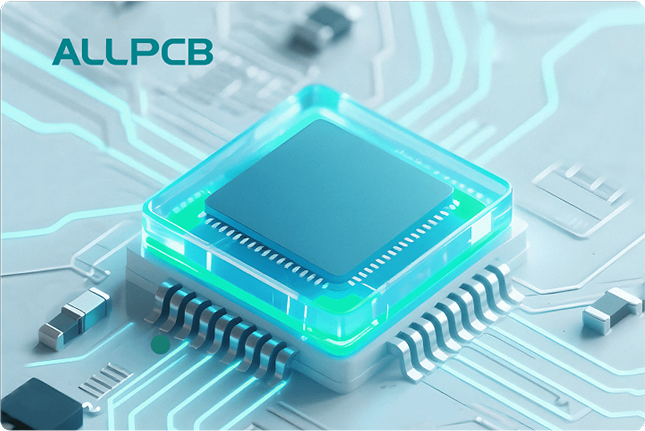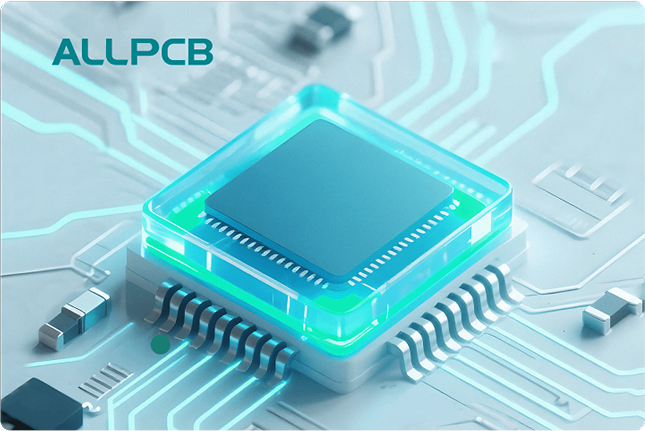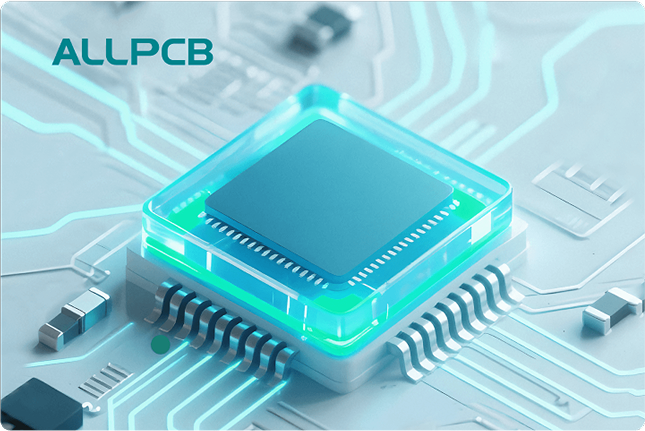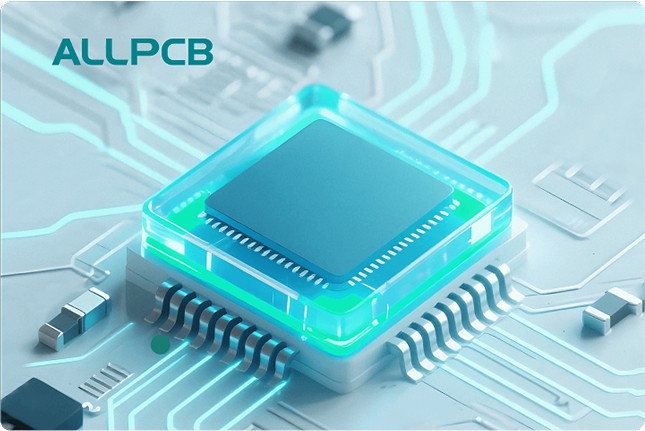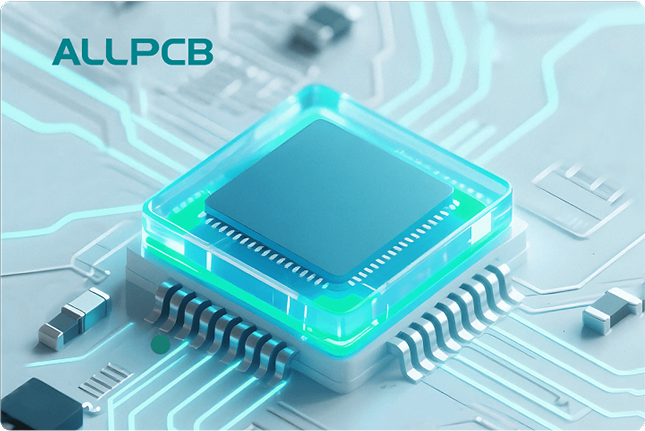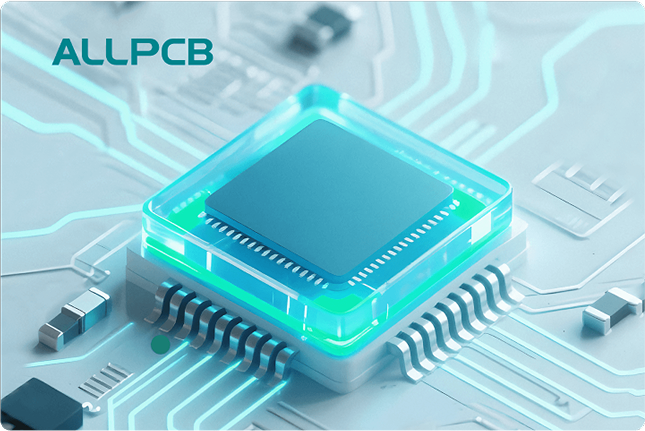When it comes to high-frequency printed circuit boards (PCBs), selecting the right encapsulation resin is crucial for maintaining signal integrity and minimizing signal loss. For applications like RF and microwave designs, the encapsulation resin's dielectric constant and loss tangent directly impact performance. In this comprehensive guide, we'll explore how to choose the best encapsulation resin for high-frequency PCB materials, focusing on factors like dielectric properties, signal integrity, and low loss characteristics. Whether you're working on RF encapsulation or microwave PCB encapsulation, this blog will provide actionable insights to optimize your designs.
Why Encapsulation Resin Matters for High-Frequency PCBs
Encapsulation resins protect PCB components from environmental factors like moisture, dust, and mechanical stress. However, in high-frequency applications, these resins do more than just protect—they influence electrical performance. High-frequency signals, often in the range of 1 GHz to over 100 GHz for microwave designs, are sensitive to the materials surrounding them. The wrong resin can cause signal degradation, increased noise, or even complete failure of the circuit.
The key properties to consider in an encapsulation resin for high-frequency PCBs are the dielectric constant (Dk) and the dissipation factor (Df), also known as the loss tangent. A resin with a high dielectric constant can slow down signal propagation, while a high loss tangent leads to energy loss as heat, reducing signal strength. For RF and microwave PCB encapsulation, you need a low loss encapsulation resin to ensure signals travel efficiently with minimal distortion.
Understanding Key Properties of Encapsulation Resins
To select the right encapsulation resin, you must understand its electrical, thermal, and mechanical properties. Let's break down the most critical factors for high-frequency applications.
1. Dielectric Constant (Dk) of Encapsulation Resin
The dielectric constant of an encapsulation resin measures how much it affects the electric field around the PCB traces. A lower dielectric constant is generally preferred for high-frequency PCB materials because it reduces signal delay and allows faster signal transmission. For instance, a resin with a Dk of 2.5 will have less impact on signal speed compared to one with a Dk of 4.0. In RF encapsulation, materials with a Dk between 2.2 and 3.0 are often ideal, as they minimize interference with high-frequency signals traveling at speeds close to 50% of the speed of light in a vacuum (approximately 150,000 km/s in a typical PCB medium).
2. Dissipation Factor (Df) for Low Loss Performance
The dissipation factor indicates how much energy a resin absorbs and converts to heat. For high-frequency designs, a low Df is essential to prevent signal loss. Resins with a Df below 0.005 are considered low loss encapsulation resins and are suitable for microwave PCB encapsulation. For comparison, a Df of 0.02 can result in significant signal attenuation over long traces, especially at frequencies above 10 GHz.
3. Thermal Stability and Mechanical Strength
High-frequency PCBs often operate in demanding environments, so the encapsulation resin must withstand temperature fluctuations and mechanical stress. Look for resins with a glass transition temperature (Tg) above 120°C to ensure stability during operation. Additionally, the resin should have good adhesion to the PCB substrate to prevent delamination under stress.
How Encapsulation Resin Impacts Signal Integrity in High-Frequency Designs
Signal integrity refers to the quality of an electrical signal as it travels through a PCB. In high-frequency applications, maintaining signal integrity is challenging due to factors like crosstalk, impedance mismatch, and signal loss. The encapsulation resin plays a significant role in these areas.
Minimizing Signal Loss with Low Loss Encapsulation Resin
Signal loss occurs when energy is absorbed by the surrounding materials or converted to heat. A low loss encapsulation resin with a minimal Df helps reduce this energy dissipation. For example, in a 5G antenna design operating at 28 GHz, using a resin with a Df of 0.003 instead of 0.01 can improve signal strength by up to 20%, ensuring reliable communication over long distances.
Controlling Impedance with Dielectric Constant
Impedance matching is critical for high-frequency PCBs to prevent signal reflections. The dielectric constant of the encapsulation resin affects the characteristic impedance of the transmission lines. If the Dk of the resin differs significantly from the PCB substrate, it can cause impedance mismatches, leading to signal distortion. For instance, a typical microstrip line on a substrate with a Dk of 3.0 should be paired with a resin of similar Dk to maintain a 50-ohm impedance, a standard value for RF designs.
Reducing Crosstalk and Noise
In densely packed high-frequency PCBs, crosstalk between adjacent traces can degrade performance. A resin with a low dielectric constant helps reduce the capacitive coupling between traces, minimizing crosstalk. This is especially important in RF encapsulation, where signals are highly sensitive to interference.
Choosing the Right Encapsulation Resin for RF and Microwave Applications
Selecting the right resin for RF encapsulation or microwave PCB encapsulation requires balancing electrical performance with practical considerations like cost and ease of application. Here are the steps to guide your decision.
Step 1: Define Frequency and Performance Requirements
Determine the operating frequency of your PCB. For applications below 5 GHz, standard epoxy resins with a Dk of around 3.5 might suffice. However, for microwave frequencies above 10 GHz, opt for advanced signal integrity resins with a Dk below 3.0 and a Df below 0.005 to minimize signal loss.
Step 2: Match Resin to PCB Substrate
Ensure the encapsulation resin is compatible with your PCB substrate material. High-frequency PCB materials like PTFE-based laminates have very low Dk values (around 2.1 to 2.5). Pairing them with a resin of similar Dk prevents impedance mismatches and ensures consistent performance.
Step 3: Evaluate Environmental Conditions
Consider the operating environment of your PCB. If it will be exposed to high humidity or extreme temperatures, choose a resin with excellent moisture resistance and a high Tg. For outdoor RF applications, UV-resistant resins are also a good choice to prevent degradation over time.
Step 4: Test and Validate
Before full-scale production, prototype your design with the selected resin and test for signal integrity using tools like a vector network analyzer (VNA). Measure parameters like insertion loss and return loss to confirm that the resin meets your performance expectations. For instance, an insertion loss of less than 0.5 dB per inch at 10 GHz is a good benchmark for high-frequency designs.
Popular Types of Encapsulation Resins for High-Frequency PCBs
Several types of encapsulation resins are commonly used in high-frequency applications. Each has its strengths and limitations, so choose based on your specific needs.
Epoxy-Based Resins
Epoxy resins are widely used due to their affordability and good mechanical properties. However, their dielectric constant is typically around 3.5 to 4.0, and their Df can be as high as 0.02, making them less ideal for frequencies above 5 GHz. They are better suited for lower-frequency RF applications where cost is a concern.
Silicone-Based Resins
Silicone resins offer better flexibility and thermal stability compared to epoxies. With a Dk of around 2.5 to 3.0 and a lower Df (around 0.005), they are more suitable for high-frequency PCB materials. Their ability to withstand wide temperature ranges makes them a popular choice for microwave PCB encapsulation.
Polyurethane Resins
Polyurethane resins provide excellent moisture resistance and mechanical strength. Some formulations have a Dk as low as 2.8 and a Df of 0.003, making them viable for RF encapsulation. They are often used in outdoor applications due to their durability.
Specialty Low Loss Resins
For cutting-edge high-frequency designs, specialty resins with ultra-low Dk (below 2.5) and Df (below 0.002) are available. These low loss encapsulation resins are engineered for minimal signal interference and are ideal for 5G, radar, and satellite communication systems operating at frequencies up to 100 GHz.
Best Practices for Applying Encapsulation Resin
Even the best resin won't perform well if applied incorrectly. Follow these best practices to ensure optimal results.
1. Clean the PCB Surface
Before applying the resin, thoroughly clean the PCB to remove dust, oils, and contaminants. Any residue can weaken adhesion and create air pockets, which affect signal integrity.
2. Control Application Thickness
Apply the resin in a uniform, thin layer to avoid altering the dielectric properties around critical traces. A thickness of 0.5 to 1.0 mm is often sufficient for protection without significantly impacting signal performance.
3. Cure Properly
Follow the manufacturer's curing guidelines for temperature and time. Improper curing can lead to incomplete hardening, reducing the resin's protective and electrical properties.
4. Avoid Air Bubbles
Air bubbles trapped in the resin can create inconsistencies in the dielectric constant, leading to signal distortion. Use a vacuum degassing process if necessary to eliminate bubbles during application.
Conclusion: Optimizing High-Frequency PCB Performance with the Right Resin
Selecting the right encapsulation resin for high-frequency PCBs is a critical step in minimizing signal loss and ensuring reliable performance. By focusing on properties like dielectric constant and dissipation factor, you can choose a low loss encapsulation resin that supports signal integrity in RF and microwave applications. Whether you're designing for 5G, radar, or satellite systems, understandi ng the interplay between encapsulation resin and high-frequency PCB materials will help you achieve optimal results.
Take the time to evaluate your project's frequency requirements, environmental conditions, and substrate compatibility. Test different signal integrity resins to find the best match for your design. With the right approach, you can protect your PCB while maintaining the high performance needed for today's advanced technologies.
 ALLPCB
ALLPCB


